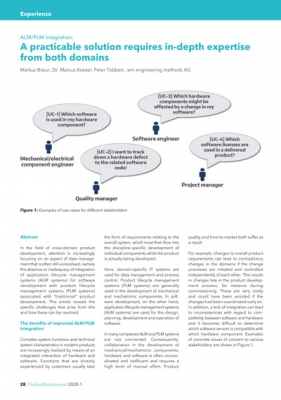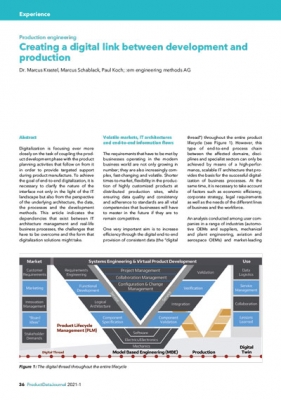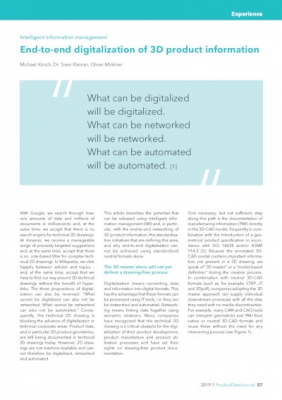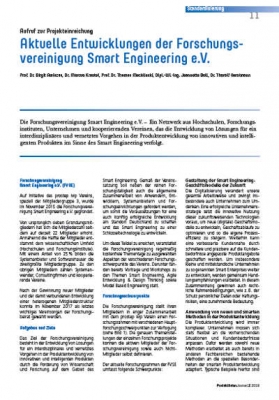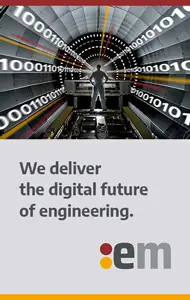Autoren: Markus Braun, Dr. Marcus Krastel, Peter Tabbert
Publikation:ProductData Journal 01/20
In the field of cross-domain product development, attention is increasingly focusing on an aspect of data management that is often still unresolved, namely the absence or inadequacy of integration of application lifecycle management systems (ALM systems) for software development with product lifecycle management systems (PLM systems) associated with “traditional” product development. This article reveals the specific challenges that arise from this and how these can be resolved.
